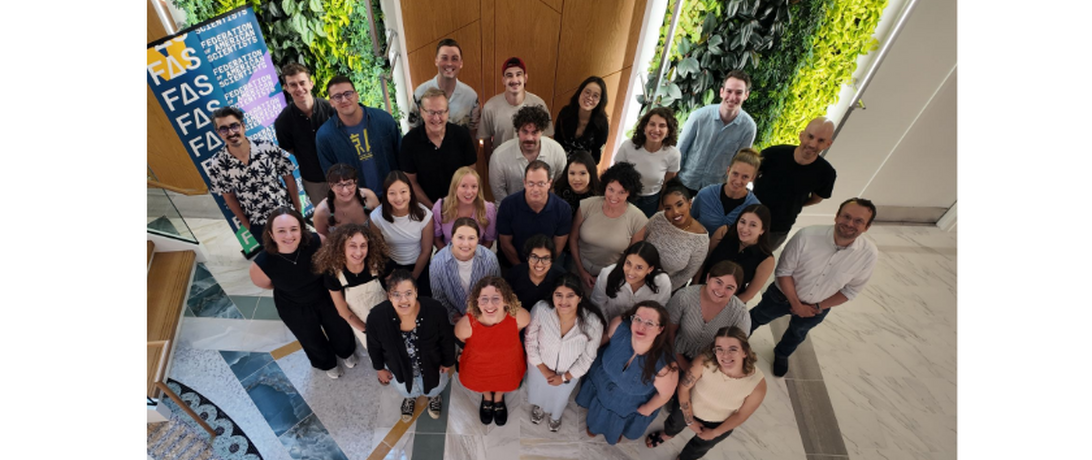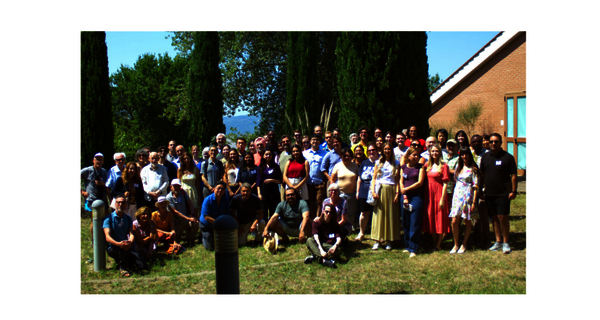
Elin Bergner joined a cohort of professionals for hands-on OSINT training in Washington, applying tools like satellite imagery and geospatial analysis to assess nuclear systems and transparency challenges.
Elin Bergner, ONN Research Coordinator, attended the FAS Bootcamp on Open-Source Nuclear Analysis from 6–11 July 2025 in Washington, DC. Hosted by the Federation of American Scientists in cooperation with the Stanley Center for Peace and Security and The Carnegie Corporation of New York, the programme brought together a cohort of early- and mid-career professionals for a week-long training on applying open-source intelligence (OSINT) methods to the analysis of nuclear arsenals and infrastructure.
The bootcamp began with foundational sessions on OSINT principles, critical thinking, and analytical ethics. Modules explored what OSINT is—and is not—and discussed the limitations posed by secrecy and data restrictions in nuclear-armed states. An interactive board game and sessions on source verification and bias mitigation emphasised the importance of analytical integrity.
Participants were then introduced to a suite of OSINT tools and tradecraft. Sessions covered:
- Dorking
- FOIA requests and declassification
- Flight tracking and analysis of strategic bomber activity
- Imagery intelligence (IMINT)
- Google Earth geolocation exercises
A midweek shift brought focus to characterising nuclear systems. Participants used QGIS for layered geospatial analysis and examined nuclear fuel cycle infrastructure, from uranium mining to reactor operation. Sessions on nuclear deployments taught how to identify silos, airbases, submarine facilities, and road-mobile launchers via satellite imagery. Training also included technical sessions on missile systems, along with hands-on 3D modelling in Blender to recreate strategic platforms for visual analysis.
Elin’s final project applied OSINT methods to estimate North Korea’s fissile material production. Using satellite imagery and known operational timelines, the analysis outlined potential outputs of plutonium under different assumptions. The project highlighted the value—and challenges—of open-source analysis in closed information environments.
The bootcamp reinforced the essential role of OSINT in nuclear transparency, especially as technological tools become more accessible. ONN extends its thanks to FAS, the Stanley center, the Carnegie Cooperation and the expert facilitators for an intensive and inspiring week.
Photo credit: FAS
Article Details
Published
Topic
Program
Content Type
In the media

